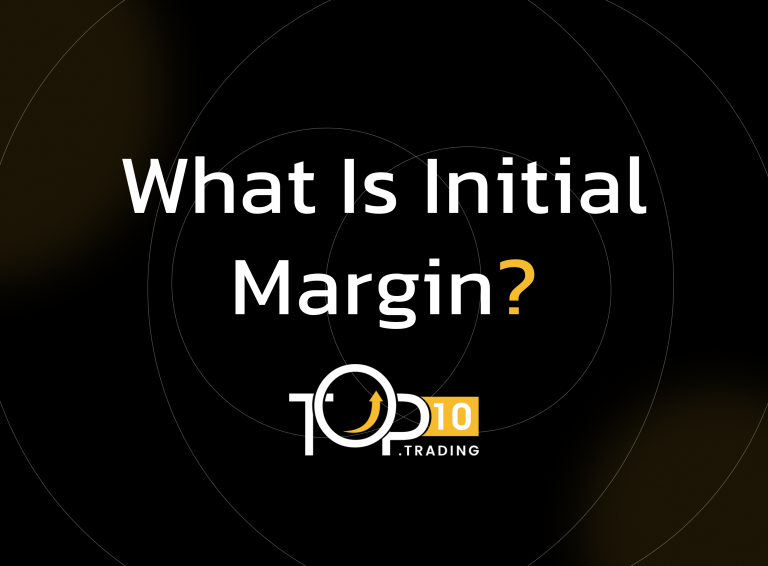Initial Margin Definition

Initial margin is the upfront amount of equity or collateral that an investor must deposit to open a leveraged position or trade on margin. It represents the minimum portion of the total trade value that must be paid in cash or collateral at the time of entering the trade.
Key Takeaways
- Initial margin is the minimum upfront equity or collateral required to open a leveraged trade or margin position.
- In the U.S., the regulatory minimum is typically 50% for stock purchases, but brokers may require more.
- It protects brokers from credit risk and controls leverage exposure.
- Initial margin requirements are calculated in real time and can vary with market conditions.
- Understanding initial margin is essential for managing leverage, risk, and compliance in trading.
How Initial Margin Works
- When buying securities on margin, investors are required to cover a percentage of the purchase price with their own funds; the rest can be borrowed from the broker.
- In the U.S., the Federal Reserve Board’s Regulation T sets the minimum initial margin requirement at 50% of the purchase price for stocks, meaning investors must pay at least half of the trade value upfront.
- Brokers may impose higher initial margin requirements depending on risk factors, market volatility, or regulatory rules.
- Initial margin requirements are calculated in real time by brokers, reflecting current market conditions, portfolio holdings, and volatility.
- For derivatives and futures, initial margin acts as collateral to cover potential future exposure in case of counterparty default.
Example of Initial Margin
If an investor wants to buy 100 shares of a stock priced at $50 each, the total cost is $5,000. With a 50% initial margin requirement, the investor must deposit at least $2,500 in cash or collateral to open the position, borrowing the remaining $2,500 from the broker.
Importance of Initial Margin
- Risk Management: Ensures investors have sufficient skin in the game, reducing the broker’s credit risk.
- Leverage Control: Limits the amount of borrowed funds relative to the investor’s equity.
- Regulatory Compliance: Brokers must enforce margin rules to comply with financial regulations.
- Real-Time Monitoring: Brokers adjust margin requirements dynamically based on market volatility and portfolio risk.
Initial Margin vs. Maintenance Margin
- Initial Margin: The amount required to open a position.
- Maintenance Margin: The minimum equity that must be maintained in the account after the position is opened to avoid margin calls.
- By meeting initial margin requirements, traders gain increased buying power while maintaining a buffer to protect against potential losses and broker risk.
